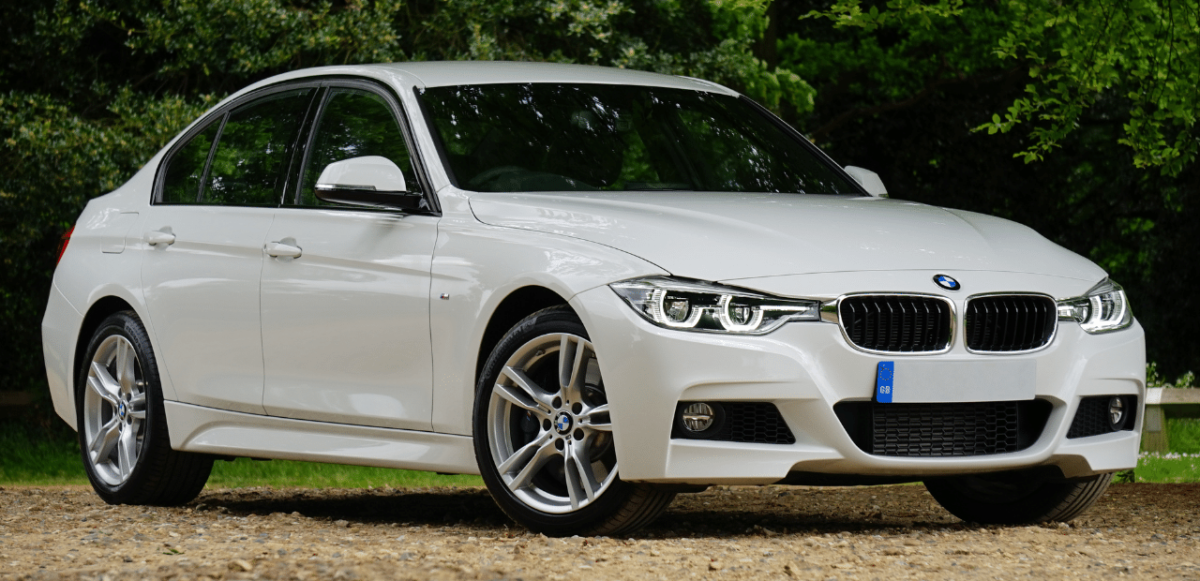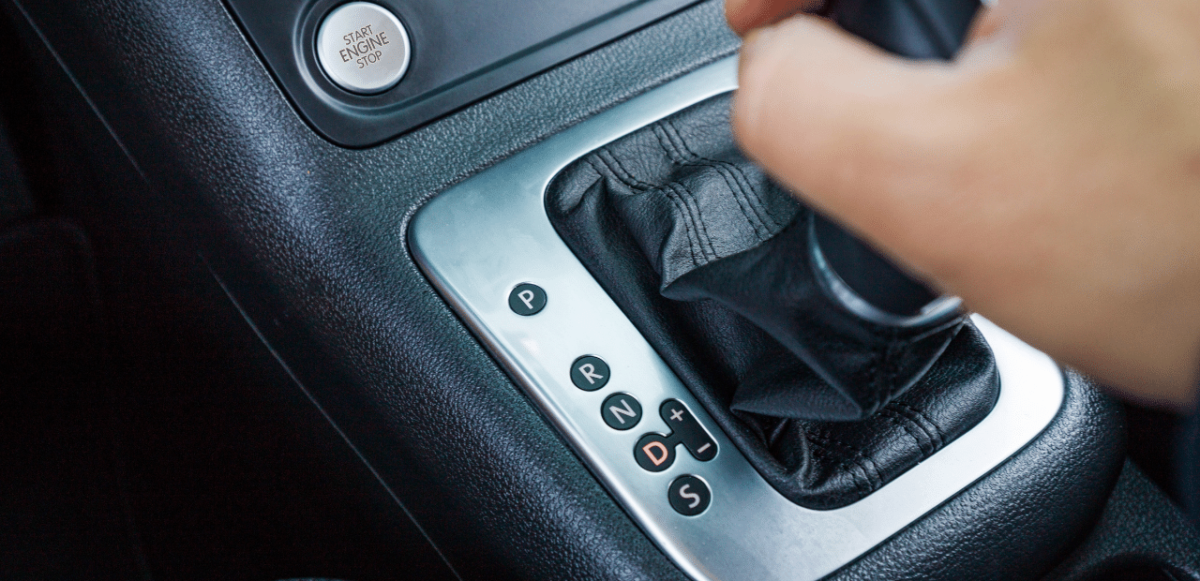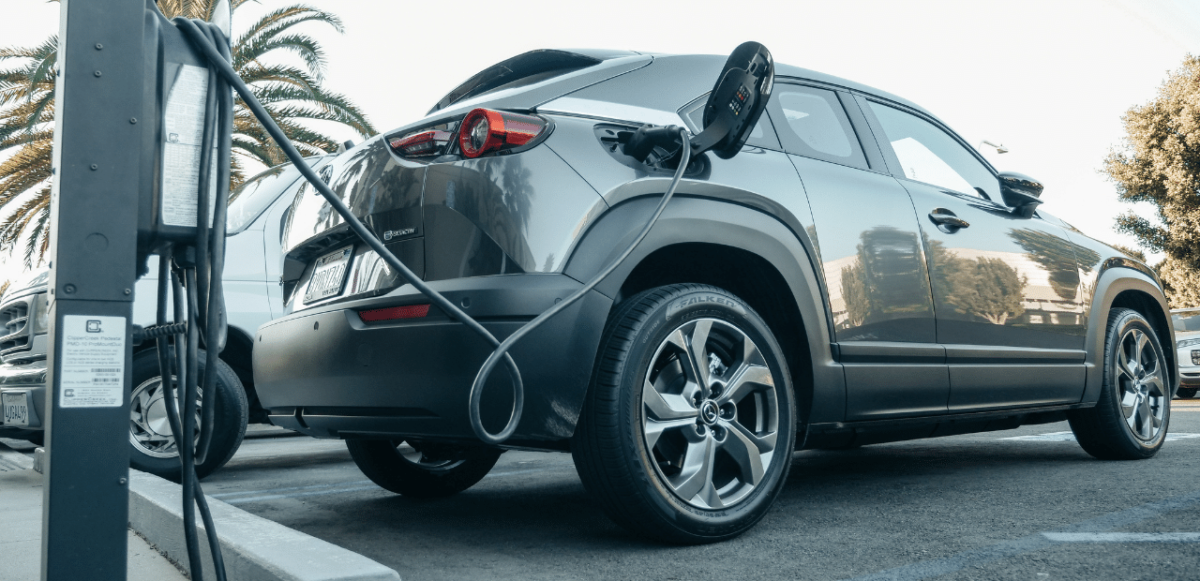
Is Your Car Driving You Crazy?
Cars represent a huge degree of freedom for everyone, but making the best cars for seniors isn’t always on the manufacturers’ minds. Heated seats and satellite radio are nice, but are they really what you’re after?
After a certain age, your priorities tend to change. When it comes to the best vehicles for seniors, your key focus should be on safety and comfort. Thankfully, the best vehicles for 2023 have both of these qualities in abundance. In this edition of The Senior’s Guide, we share tips on what to look for the next time you hit the car lot.
You can't test drive assisted living, but you can do the next best thing.
Compare ratings, reviews, and violation records.
The Form Factor

How you plan on using your vehicle should be at the top of your priority list when shopping for cars. For instance, a pick-up truck has major aesthetic appeal for a lot of people, but it’s designed for a very specific purpose. Those big tires are great for driving through mud and snow, but the elevated cabin means you’ll need to take some big steps when getting in and out. Plus, that bed is good for hauling equipment and furniture but isn’t the best place for groceries or (especially) grandkids. While a pick-up might have been your go-to for years, it might not be the best choice for your changing needs.
The senior sedan might be a bit of a stereotype, but they’re popular for a reason. The low step-in and accessible storage make it more appealing for the average retiree’s lifestyle. Ideally, a car should have seats just before hip level, with wide doors for access and egress. Towering SUVs and tiny subcompacts are, quite literally, a poor fit for many. You should also opt for a car with an adjustable driver’s seat. While the ones with pre-set positions are okay, a fully adjustable one will be better at accommodating your changing body.
Of course, you don’t need to sacrifice aesthetics. Many of the best SUVs for seniors are built on sedan chassis, combining key accessibility features with the rough-and-tumble aesthetic many love.
More Than Just Seatbelts

Safety features in cars have come a long way. New cars now come standard with antilock brakes, traction and stability control, and rearview cameras. These, combined with seat belts, a minimum of six airbags, and blind spot detection (in the form of added mirrors or sensors) should be your baseline when considering safety features.
Thankfully, the race to self-driving cars has led to major upgrades in safety. Higher-end models now come with ‘driver assist’ features, like lane-keeping assistance, collision avoidance, and adaptive cruise control, which put some driving tasks into the hands of AI assistants. These cars will alert you if you’re drifting out of your lane, and can even automatically brake if a car in front of you suddenly stops. They’re a good safety net, but not a full self-driving system.
Despite what some automakers claim, we’re nowhere near fully autonomous vehicles. We’ve got prototypes running in limited areas, but nothing is available to consumers. Yes, your fancy new vehicle might have an ‘autopilot’ mode, but that doesn’t mean you can spend the drive catching up on texts. Keep your eyes on the road and stay alert.
Automotive Ergonomics

We talked about adjustable seats earlier, but there are a lot of features that can make your driving experience comfortable and convenient. For one, you should consider the car’s control scheme: how accessible are the controls you’ll use most often? More importantly, can you identify those controls? Some cars can be a bit avant-garde with their designs, leading to things like gear shifts that look like volume knobs, so pay attention during the test drive.
An automatic transmission should be your default. It’s easier to control, less prone to error, and many cars let you manually shift gears if you REALLY want to. Make sure the gearshift is readily accessible and easy to use: many cars now warn you if you attempt to turn off the engine while the car is in drive. You should also consider a push-to-start ignition and proximity keys — you won’t need to fumble around in your pockets to access your car, and you can’t accidentally lock yourself out so long as your car has power. Just be aware that a dead battery on either your keyfob or the car itself can still lead to a AAA call.
The new standard interface for cars is screens. Dials are a thing of the past, and some cars even forgo things like volume controls in favor of touchscreens. Whether or not you want touchscreen controls is up to personal preference, but we recommend choosing a large, easy-to-read screen that isn’t easily washed out by glare.
Safety features in cars have come a long way. New cars now come standard with antilock brakes, traction and stability control, and rearview cameras. These, combined with seat belts, a minimum of six airbags, and blind spot detection (in the form of added mirrors or sensors) should be your baseline when considering safety features.
Thankfully, the race to self-driving cars has led to major upgrades in safety. Higher-end models now come with ‘driver assist’ features, like lane-keeping assistance, collision avoidance, and adaptive cruise control, which put some driving tasks into the hands of AI assistants. These cars will alert you if you’re drifting out of your lane, and can even automatically brake if a car in front of you suddenly stops. They’re a good safety net, but not a full self-driving system.
Despite what some automakers claim, we’re nowhere near fully autonomous vehicles. We’ve got prototypes running in limited areas, but nothing is available to consumers. Yes, your fancy new vehicle might have an ‘autopilot’ mode, but that doesn’t mean you can spend the drive catching up on texts. Keep your eyes on the road and stay alert.
The Fuel Duel

Electric Vehicles (EVs) are being adopted across the country, though traditional gasoline-powered cars remain the norm. Many cities even aim to phase out gas-powered vehicles within the next few decades, though these plans face a lot of opposition. Still, for the ecologically minded senior, the choice between an EV and a gas-powered vehicle is one to consider. Newer EVs offer comparable mileage to their petroleum-fueled counterparts, though this can vary widely between models. Expect a range of about 100-300 miles depending on the model and manufacturer.
One big consideration when buying an EV is how you’re going to charge it. Access to EV charging ports is becoming a lot more common, and sites like PlugShare can help you identify charging stations in your area. You can even get charging stations installed at home. The issue is the time investment: it takes longer to recharge a battery than it does to fill a fuel tank. Often much longer.
Even Tesla Superchargers, which are rapidly becoming the standard in the US, take 15 minutes to add 200 miles of range. Standard chargers are much slower, at around 44 miles per hour, which is the best you can expect to get at home. You can get a standard wall adapter for emergencies, but you’ll be recharging at a mind-numbingly slow three miles of range per hour. That’s nearly three days of continuous charging to restore 200 miles of range.
If you live in an area that doesn’t have access to EV charging stations and aren’t in a position to have one installed, you might want to consider a hybrid instead. These use gasoline motors in conjunction with electric ones, which can boost fuel efficiency without depending on direct charging.
Another way to help maintain a sense of independence is with the right assisted living facility. Our free app, available on iOS and Android, has everything you need to choose the perfect facility or nursing home, including ratings, reviews, and up-to-date violation records. Download it today, or try our web app to begin your search.





